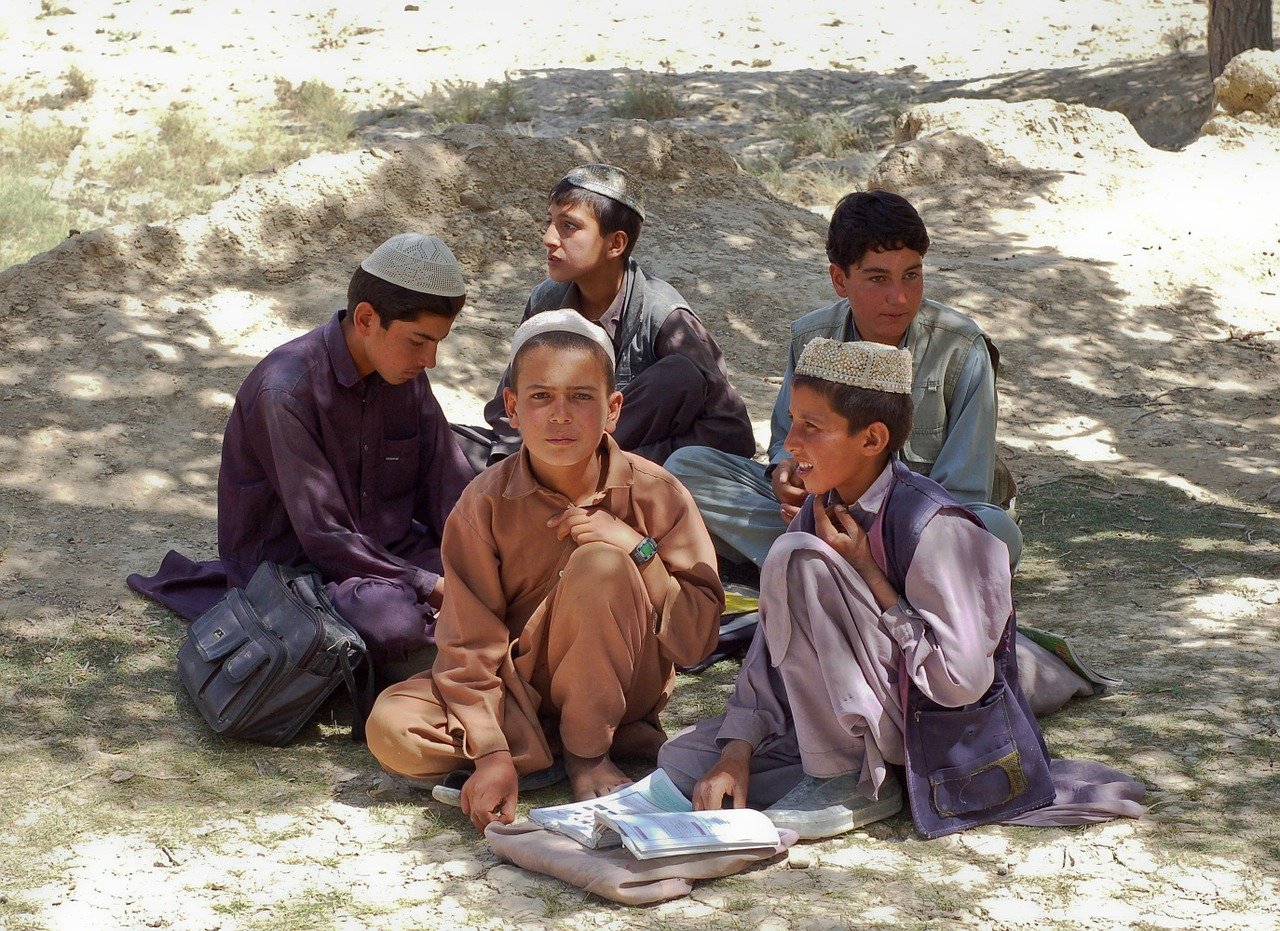Iran recently passed a law criminalizing abandonment, physical or emotional abuse of children, taking a major leap in terms of rights provided to children and juveniles. The Child and Adolescent Protection Bill was approved by the Guardian Council, the body which determines if a legislation passed by the Parliament is in consonance with Sharia and the Iranian constitution. This is a historic step, since human and child rights activists had been waiting for such a law since Iran’s ratification of the United Nations Convention on the Rights of the Child (UNCRC) back in 1994. The bill was previously submitted to the Parliament in 2012, but had been stalled for years, even after a re-submission in 2016 by President Rouhani’s Government.
The approval of the bill was expedited in response to the national outrage over the gruesome killing of a 14-year-old girl in May this year. Romina Ashrafi’s father beheaded her with a farming sickle because she had run off with her boyfriend. Under the Islamic Penal Code, Romina’s father faces a maximum sentence of 10 years since fathers are considered guardians, and unlike mothers, they cannot be sentenced to capital punishment for murdering their children. This is an example of the legislature protecting masculine cultural and gender norms, under the pretext that Islamic law and pre-existing legislations have been sufficient in protecting children. Various activists and journalists have been referring to this law as Romina’s Law, believing that had it not been for this horrific murder, the Guardian Council would have taken more time in approving the law.
The Guardian Council had rejected the bill three times since 2018, and finally approved it in June, 2020. While the Council reviewed the bill within a month, on the contrary, the Parliament spent months revising the same based on the recommendations of the Council, further weakening the law by changing provisions. It is pertinent to note that the Parliament in previous instances has expressed that it prioritizes financial challenges of the country over child rights. This is aggravated by the lack of corruption oversight in the government which obstructs the enforcement of laws.
With the legislation finally in place, one question still remains: does it holistically protect children’s rights? The bill has certain positives, like it penalizes a person who prevents a child from having access to education, and includes provisions for law enforcement to relocate those children who are stuck in situations that threaten their safety. Article 9 of the law lays down the punishment for negligence by anyone, including parents, that may lead to bodily harm, sexual harassment, disability or death of a child. State Welfare Organizations under Article 33 are required to investigate into, inter alia, situations of children being in grave danger from abuse, exploitation or being out of school. The law authorizes them to put such children under state supervision.
While the law has taken positive steps in comparison to the previous regime, it is still insufficient as it lacks reforms needed to protect child rights with respect to international standards. The provision for imprisoning parents who use “corporal punishment” was removed by the Guardian Council, since Iranian law does not consider such punishment as a crime, if it is within a customary limit and is used for the purpose of chastisement of the child. The new law applies to all children under 18 just like the 2003 law. However, the age of criminal responsibility in Iran is closely linked to the age of maturity, which is 9 lunar years for girls and 15 lunar years for boys. Owing to such a discriminatory provision, death penalties have been issued against children retroactively, with 4 people being executed in 2019 alone for offences they committed as minors. The law does not address orthodox practices like child marriage and death sentences for juveniles. Moreover, it fails to prohibit all forms of female genital mutilation (FGM), given only some forms of FGM are penalized under the Iranian code.
The conflict between the best interests of a child and the powers of the father, makes it very difficult in providing an effective safety net to the children who face abuse. The bill being male-centric does not provide sufficient deterrence, and leaves out poverty and armed conflict, which are amongst the root causes of child abuse. Nevertheless, the bill is a major step in the right direction, as it addresses almost all other forms of abuse. Moreover, it is an essential foundation for legal professionals and child rights activists to work upon.
With most draconian laws still in place, repealing them becomes imperative in order to improve the standards of living of Iranian children, especially underage girls. Education and socio-cultural reforms are necessary to ensure a bright future for the children of Iran. With the new law in place, bodies in Iran like the United Nations Children’s Fund (UNICEF), along with activists, need to create more awareness about the importance of child rights among the public. The legislation is positive and might save many children from suffering the same fate as Romina, but there is still a long way to go.
Pranav Nayar is a second-year student at Rajiv Gandhi National University of Law in Punjab, India.
Suggested citation: Pranav Nayar, Analyzing the Sufficiency of Iran’s Child and Adolescent Protection Law, JURIST – Student Commentary, August 7, 2020, https://www.jurist.org/commentary/2020/08/pranav-nayar-iran-child-protection-law/.
This article was prepared for publication by Akshita Tiwary, JURIST’s Staff Editor. Please direct any questions or comments to her at commentary@jurist.org


